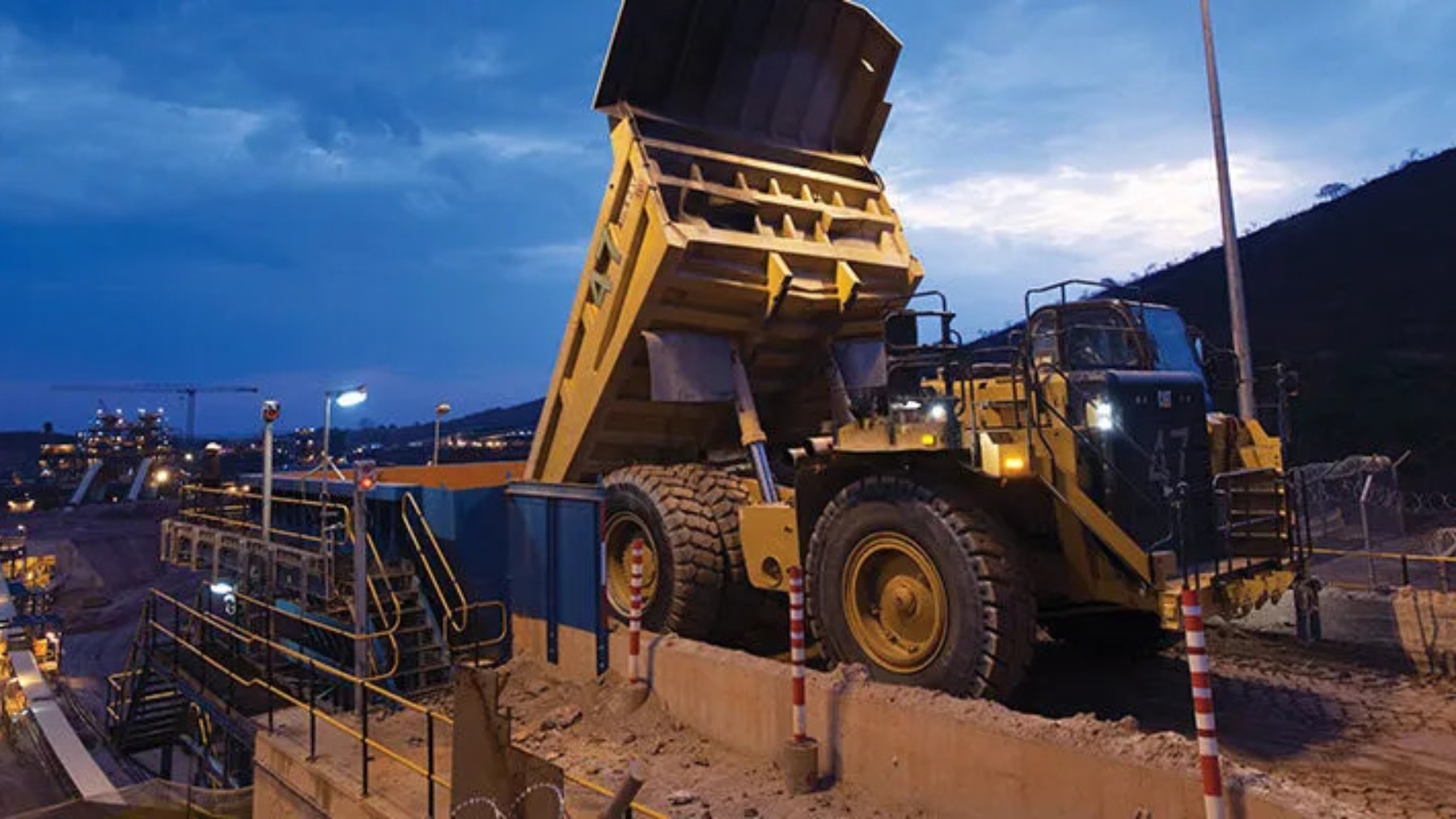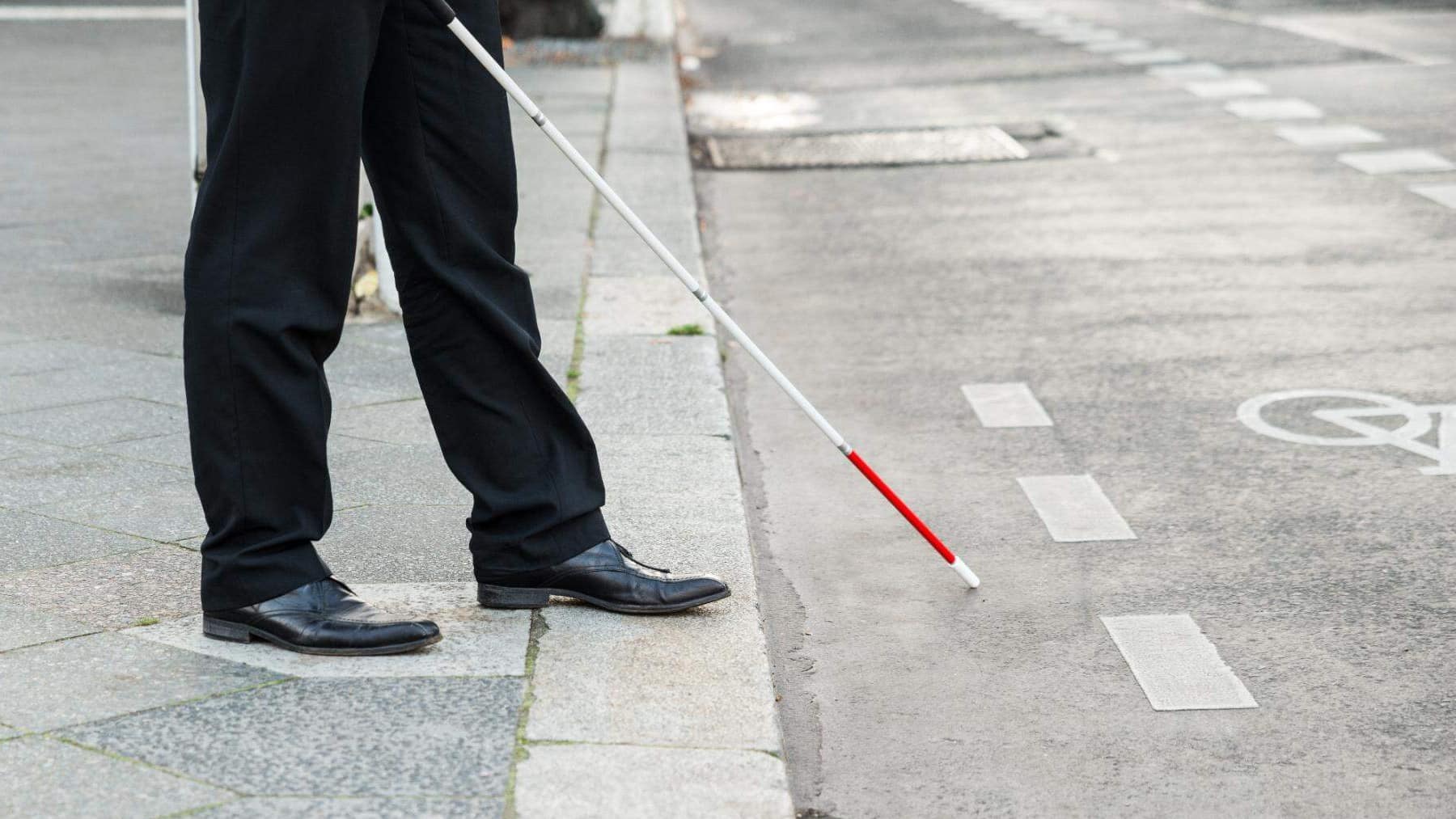Contrary to what we are used to reading and hearing about the debate on mining in developing countries, the Kibali project in the northwest of the Democratic Republic of Congo breaks all those schemes, as it is the largest gold mine in Africa. It is home to 4.6 million ounces of reserves and more than 7 million ounces in resources. This project has achieved, in addition to mining activity and its benefits, the use of renewable energies, specifically hydropower, with a consumption of 81%.
All of this has led to the creation of a place called Kokiza, a kind of model city that offers healthcare, education, and even a parish. Furthermore, it engages in environmental issues, such as the conservation of the endangered species, the white rhinoceros, within the Gamba National Park. Despite the project running smoothly, experts and Congolese companies fear that it may not be sustainable over time, as gold mineral reserves are finite, and there will come a moment when the economic benefits will ultimately disappear.
Kigali Gold Mine
When speaking of Kigali, it refers to the Kigali Gold Mine, one of the largest mines in Africa, located in the Haut-Uélé province in the northeast of the Democratic Republic of the Congo (DRC). Operated by Barrick Gold and its partners, this mineral reserve is an economic factor in the region and has also demonstrated consideration for sustainability aspects and the much-needed transition to renewable energies. The mine is owned by Kibali Goldmines SA, a joint venture in which Barrick and AngloGold Ashanti each hold 45%, and the local company SOKIMO holds 10%.
What is the value of this mining reserve?
The value it has shown is substantial for the region. The mine itself has 4.6 million ounces of reserves and more than 7 million ounces of resources. It’s crazy, right? But its value doesn’t just lie there. 81% of the electricity consumed by the Kigali mine comes from hydroelectric power, which demonstrates its purpose and commitment to consumption based on renewable energies. Moreover, the intention is to incorporate a 16-megawatt solar plant that will increase that percentage to 86%.
The economic impact that this has generated is not insignificant. It is said that figures around $4.7 billion in taxes, royalties, and contracts with local suppliers are being discussed, all stemming from mining exploitation. Out of that substantial amount, $2.87 billion has gone directly to Congolese companies, benefiting the business fabric of the country.
Beyond mining
As a result, a place called Kokiza has been created, which is considered a model city. It has health and education infrastructures, and is where the largest parish in the region can be visited. Its commitment to the environment goes beyond use and focuses on renewable energy. To the surprise of many, the mine participates in the conservation of one of the most representative and endangered species, the white rhinoceros. In recent years, it has successfully transferred 16 specimens to Gamba National Park, where they are safe from poachers.
Is this a profitable model in the long term?
The answer to that question is provided by the experts. They believe that there is a risk in having economic dependence on a single source of income. Furthermore, they explain that this requires solid governance, along with the commitment of the Congolese companies working there. They add that many of these companies are not willing to take on the risk that this entails, which makes the situation even more difficult.
The truth is that there will come a time when the mine will cease to have reserves, as gold is finite. When that time comes and the economic benefits derived from mining decrease or cease, what will become the main source of income? That is the main doubt of the experts and companies, who, although they view the progress of the Kibali project positively, are unsure about its long-term profitability.





